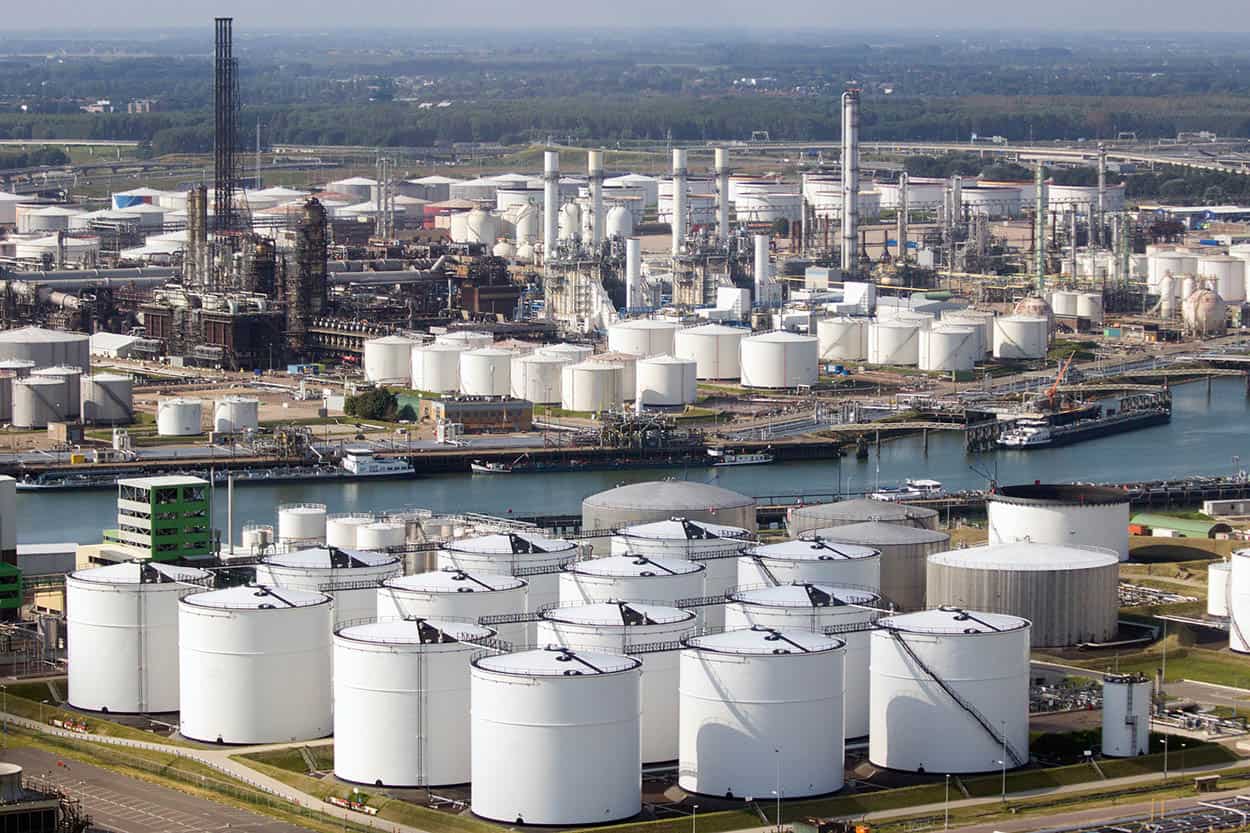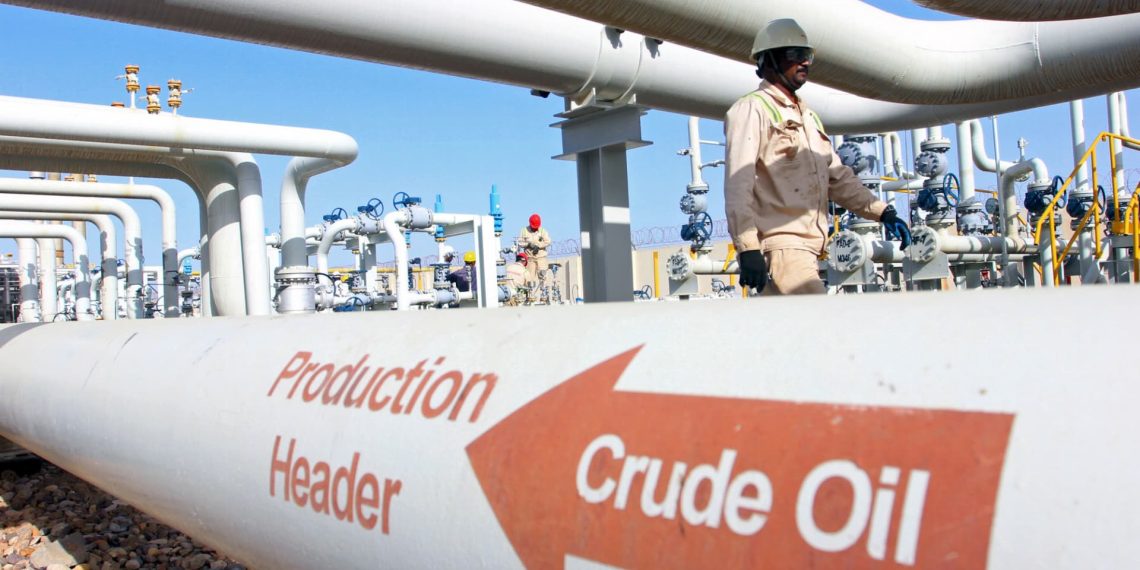Oil prices climbed on Thursday, bouncing back from three consecutive days of losses, as anticipation grew that the U.S., the world’s largest crude consumer, might initiate replenishment of its strategic reserve, offering support to prices.
However, prices experienced a more than 3% drop on Wednesday to a seven-week low following the decision by the U.S. Federal Reserve to maintain interest rates.

This decision could potentially constrain economic growth for the year, curbing the increase in oil demand. Crude prices faced pressure from an unexpected rise in U.S. crude inventories and signs of a potential ceasefire between Israel and Hamas, which could alleviate concerns about supply disruptions in the Middle East.
Brent crude futures for July rose by 48 cents, or 0.6%, to $83.92 a barrel by 0400 GMT on Thursday, while U.S. West Texas Intermediate (WTI) crude for June gained 46 cents, or 0.6%, to $79.46 a barrel.
“The oil market was supported by speculation that if WTI falls below $79, the U.S. will move to build up its strategic reserves,” said Hiroyuki Kikukawa, president of NS Trading, a unit of Nissan Securities.
The U.S. aims to replenish its Strategic Petroleum Reserve (SPR) following a significant sale from the emergency stockpile in 2022 and seeks to acquire oil at $79 a barrel or lower.

As expectations rise for a ceasefire agreement between Israel and Hamas, attention shifts toward the outcome of the talks, potentially influencing oil market dynamics.
“As the impact of the U.S. crude stock-build and the Fed signaling higher-for-longer rates is close to being fully baked in, attention will turn towards the outcome of the Gaza talks,” noted Vandana Hari, founder of oil market analysis provider Vanda Insights.





